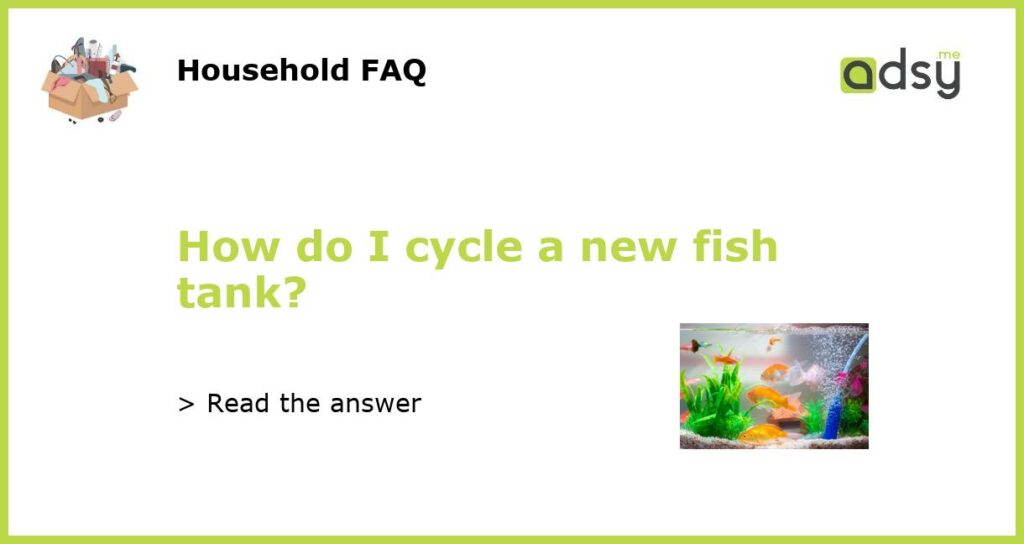Understanding the nitrogen cycle
Before you can cycle a new fish tank, it’s important to understand the nitrogen cycle. This is a process that occurs naturally in aquariums, where beneficial bacteria convert ammonia (from fish waste and uneaten food) into nitrite and then into nitrate. Nitrate can be harmful to fish in high concentrations, which is why regular water changes are necessary to remove it. However, the nitrogen cycle is essential to maintaining a healthy and stable aquarium environment.
Preparing the tank and water
Before adding any fish, you’ll need to prepare the tank and water for the nitrogen cycle. First, rinse any gravel or substrate and place it in the bottom of the tank. Then, fill the tank with water that has been treated with a water conditioner to remove any chlorine or chloramine. You can also add a bacteria supplement to jumpstart the cycling process. Turn on any filters, heaters, and other equipment and let the tank run for a day or two to ensure everything is working properly.
Adding fish and monitoring levels
Once the tank is prepared, you can add a couple of hardy fish, such as danios or barbs, to start the nitrogen cycle. These fish will produce waste and help to kickstart the growth of beneficial bacteria. Monitor the water levels regularly using a test kit to track levels of ammonia, nitrite, and nitrate. Ammonia and nitrite levels should spike initially, while nitrate levels should gradually rise and stabilize.
Performing water changes
During the cycling process, it’s important to perform regular water changes to keep nitrate levels in check and prevent any buildup of harmful toxins. Aim to change about 25% of the water every week, using a siphon to remove any uneaten food or debris from the bottom of the tank. Be sure to treat any new water with a water conditioner before adding it to the tank.
Completing the cycle
After a few weeks of monitoring and water changes, the nitrogen cycle should be complete and nitrate levels should be stable. You can now introduce additional fish to the tank, being careful not to overstock and always acclimating fish properly before adding them. Keep monitoring levels and performing regular water changes to maintain a healthy and stable environment for your fish.






